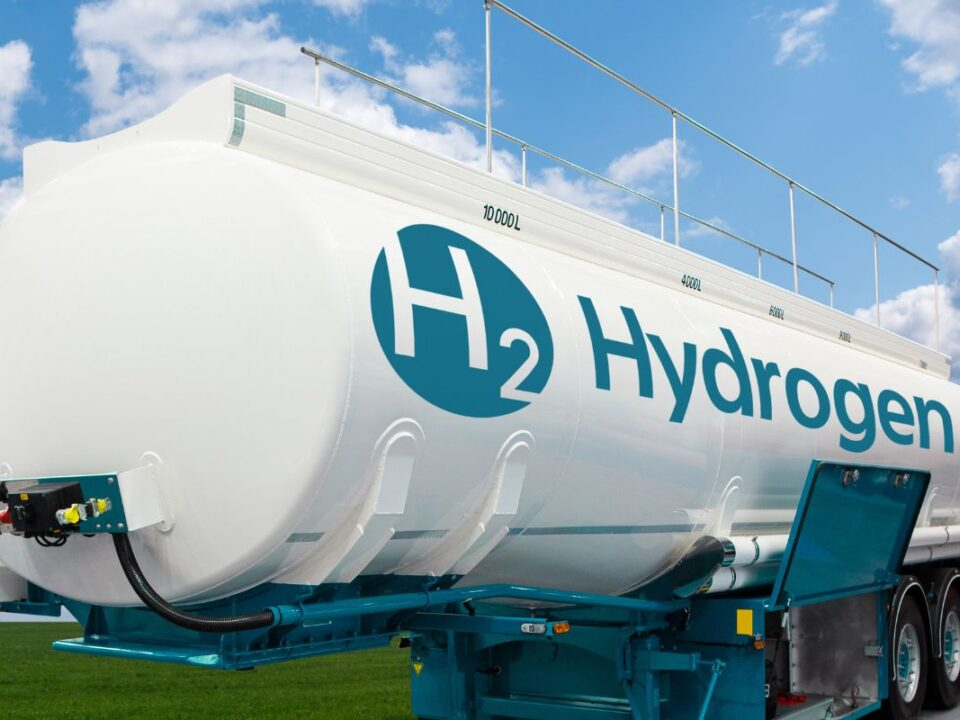Hydrogen, a promising alternative energy source, is increasingly seen as a vital component in achieving a sustainable and low-carbon future. As its applications span across various sectors, including energy storage, fuel, and industrial processes, ensuring hydrogen safety has become paramount. This article explores different approaches to hydrogen safety, examines technical and societal challenges, and highlights potential solutions and best practices adopted globally.
Introduction to Hydrogen Safety
Hydrogen’s potential as a clean energy carrier is significant. It can be produced from diverse sources such as water, biomass, natural gas, and coal, making it versatile and adaptable. However, its properties also pose safety challenges that need to be meticulously managed. Hydrogen is highly flammable, buoyant, and can embrittle metals, which requires robust engineering controls and safety measures.
Technical Challenges in Hydrogen Safety
Flammability and Ignition
Hydrogen’s flammability range is between 4% to 75% in air, and it has a very low ignition energy (0.02 millijoules). This makes it more prone to ignition compared to other fuels like methane or gasoline. Proper handling and storage to prevent leaks and accidental ignitions are crucial.
Embrittlement and Material Compatibility
Hydrogen can cause embrittlement in metals, compromising the integrity of pipelines and storage vessels. Selecting materials like stainless steel or aluminum, which are more resistant to hydrogen embrittlement, is essential in designing safe hydrogen systems.
Storage and Transport
Hydrogen can be stored as compressed gas, liquid hydrogen, or in solid forms such as metal hydrides. Each storage method presents unique safety challenges. Compressed hydrogen requires high-pressure tanks, liquid hydrogen needs cryogenic temperatures, and metal hydrides must be handled to prevent release during loading and unloading.
Societal Challenges
Public Perception and Acceptance
Public perception of hydrogen safety is influenced by historical incidents like the Hindenburg disaster and the Fukushima explosion. Educating the public about modern safety measures and advancements in hydrogen technology is crucial for gaining widespread acceptance.
Regulatory Variations
Regulations and standards for hydrogen production, storage, and use vary significantly across countries. This lack of standardization can hinder the global adoption of hydrogen technologies. Collaborative efforts to harmonize regulations are necessary to ensure consistent safety standards.
Global Approaches to Hydrogen Safety
United States
The U.S. has made significant strides in hydrogen safety through research and regulatory frameworks. The Department of Energy (DOE) supports numerous hydrogen safety projects, focusing on risk assessment, materials compatibility, and incident response protocols.
Europe
Europe is proactive in developing hydrogen safety standards through initiatives like HySafe and the European Hydrogen Safety Panel. These efforts aim to create a cohesive safety framework across EU member states, promoting safe hydrogen deployment in various sectors.
Japan
Japan’s approach to hydrogen safety includes stringent regulations and extensive public education campaigns. The country’s focus on hydrogen as a key component of its energy strategy has led to advancements in safe hydrogen production, storage, and utilization technologies.
Best Practices and Solutions
Risk Assessment and Mitigation
Comprehensive risk assessments are essential for identifying potential hazards and implementing mitigation strategies. This includes using computational fluid dynamics (CFD) models to predict hydrogen behavior in different scenarios and developing emergency response plans.
Education and Training
Educating and training personnel involved in hydrogen production, storage, and handling is critical. Programs should cover safety protocols, emergency response procedures, and proper use of equipment. Public education campaigns can also help dispel myths and build confidence in hydrogen technologies.
Advanced Storage Technologies
Research into advanced hydrogen storage technologies is ongoing. Metal hydrides and chemical hydrogen storage are being explored as safer alternatives to high-pressure and cryogenic storage methods. These technologies can potentially reduce the risks associated with hydrogen leaks and explosions.
Decentralized Hydrogen Production
Decentralized production of renewable hydrogen can enhance safety by reducing dependence on large-scale infrastructure and centralized supply chains. Localized production can also minimize transportation risks and increase resilience to supply disruptions.
Case Studies
Hydrogen Refueling Stations
The safety of hydrogen refueling stations is a critical concern, given the potential for leaks and explosions. Design considerations include proper ventilation, leak detection systems, and robust emergency shutdown procedures. Successful implementation in countries like Japan and Germany provides valuable insights into best practices.
Industrial Applications
In industrial settings, hydrogen is used as a feedstock and fuel. Safety measures include regular maintenance of equipment, continuous monitoring for leaks, and adherence to stringent safety standards. The petrochemical industry, in particular, has developed comprehensive safety protocols to manage hydrogen-related risks.
Conclusion
Hydrogen’s role in the clean energy transition is undeniable, but ensuring its safe use is paramount. Addressing technical and societal challenges through rigorous safety standards, public education, and advanced technologies will pave the way for a hydrogen-powered future. As countries continue to innovate and collaborate on hydrogen safety, the vision of a sustainable and low-carbon energy system becomes increasingly attainable.











